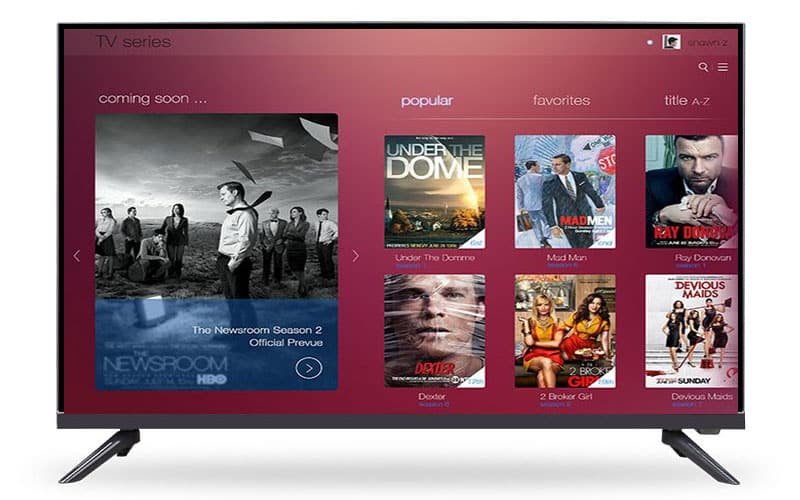Smart TV is a kind of digital TV, which is in essence an Internet connection and storage sensing computer dedicated to entertainment.

Smart TVs can be used as standalone products, but ordinary TVs can also be “smart” by enabling set-top boxes with advanced features.
In addition to passively receiving cable and satellite or over the air (OTA) transmissions, smart TV is also equipped with additional hardware and connection types, as well as a TV operating system with a GUI. These adaptations allow viewers to access and control the functionality of streaming media content from Internet video services and connected devices.
In general, smart TV supports Ethernet, Wifi, USB, Bluetooth, and flash memory cards from digital cameras, as well as coaxial cables, HDMI, and other audio-video connections. Along with the operating system and applications, the connector supports video-on-demand services and accesses pictures, music, and videos on the connected storage devices. Smart TV applications allow connections to sites such as Youtube, Netflix, Hulu, and Vimeo, as well as social media sites such as Facebook and Twitter.
Smart TVs can be wirelessly connected to many potential input devices to enhance availability and control. Wireless keyboard and mouse, mobile phone and tablet can be connected to facilitate text input, navigation and web browsing on the sofa.
Nowadays, there are several ways to consume Internet media, and smart TV is just one of the many excellent possibilities.
